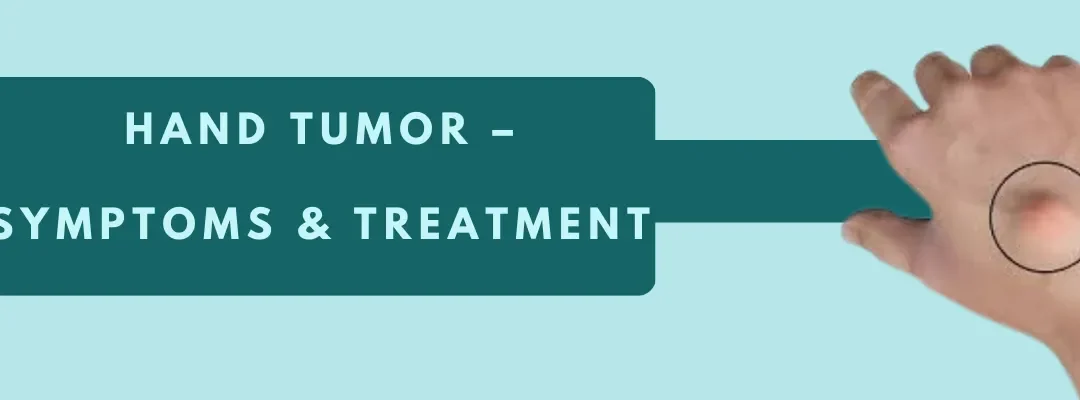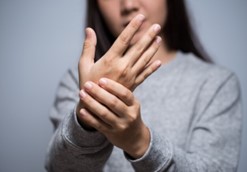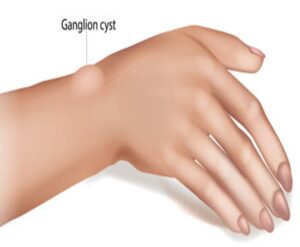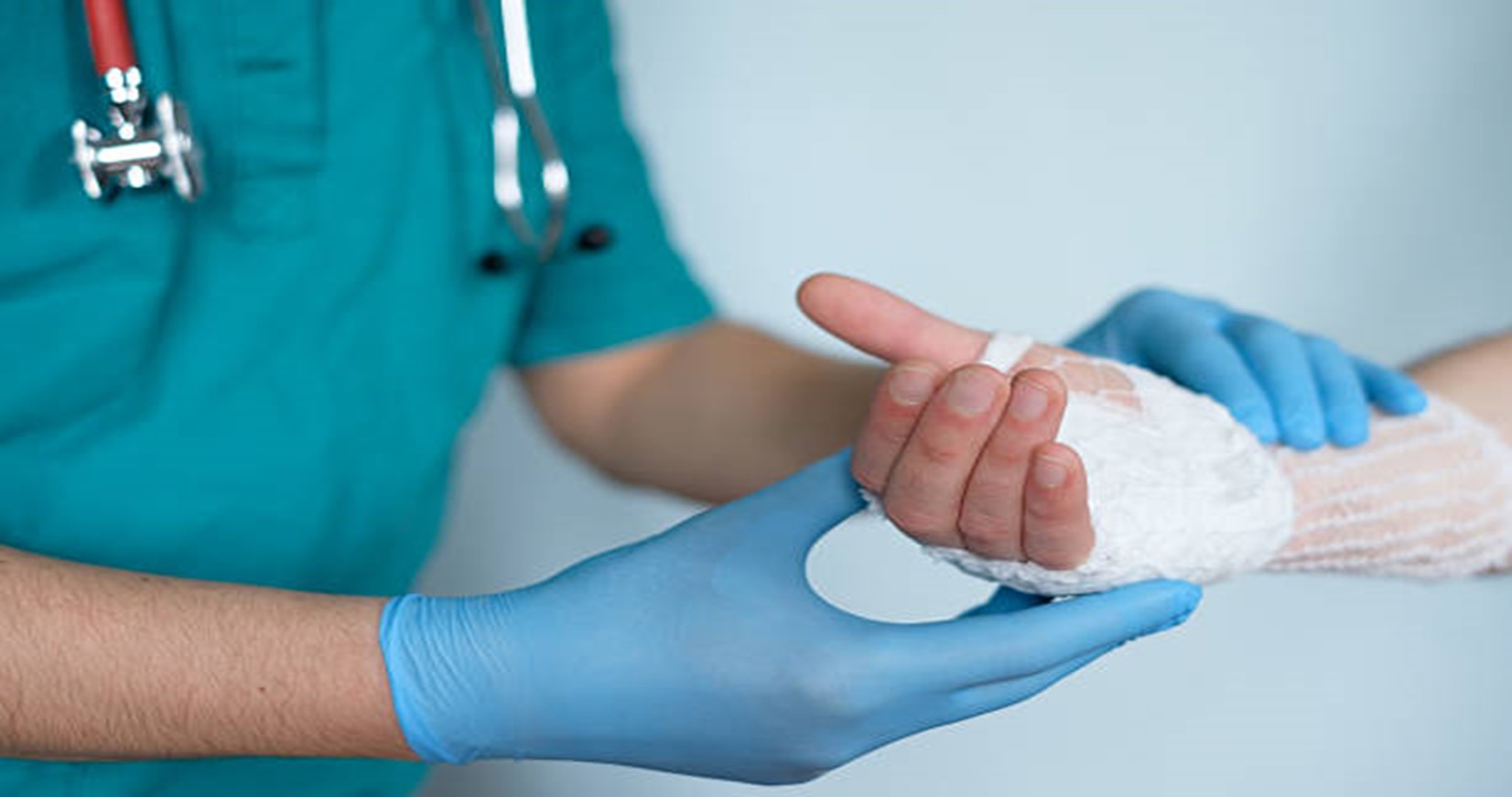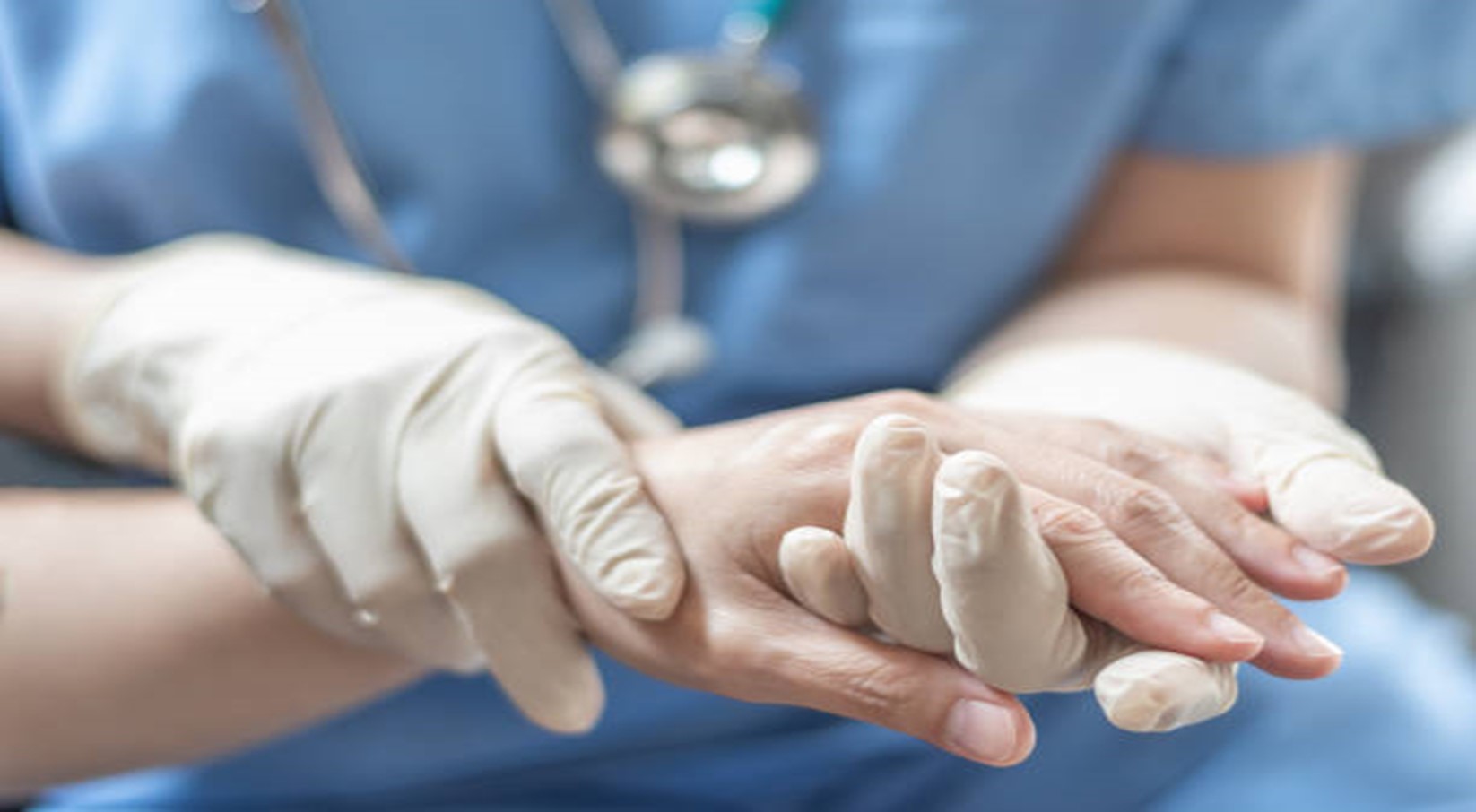If you have noticed a persistent swelling or lump in your hand or wrist, please consult Dr. Leena Jain, a renowned plastic surgeon in Mumbai, to rule out a hand tumor.
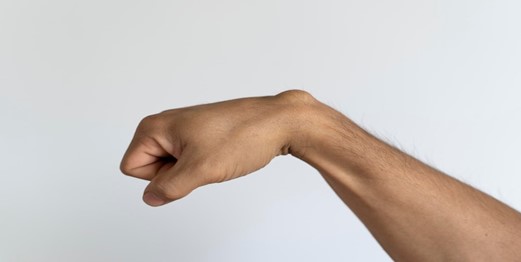
Dealing with a hand tumor can be a distressing experience, stirring concerns about health, functionality, and treatment options. Recognizing this, it is crucial to seek guidance from a trusted expert.
Dr. Leena Jain, a leading plastic surgeon in Mumbai, offers advanced and personalized hand tumor treatment. Her expertise in treating hand tumors ensures patients receive the best medical treatment and support they need during this demanding time. With state-of-the-art techniques, Dr. Jain’s approach prioritizes your health and well-being. She aims to restore function and alleviate your worries about hand tumors.
This blog aims to address your concerns, providing insights and guidance on hand tumor treatments in Mumbai.
Before you dive into the details, let’s start with the basics:
What is a Hand Tumor?
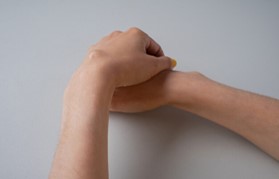
Moles, warts, and other skin growths, as well as soft tissue beneath the skin and even in the bone, can all develop into tumors. In addition, the hand has a wide variety of tissues, including skin, tendons, ligaments, fat, blood vessels, nerves, bone, and more. As a result, your hand can develop a wide variety of tumors.
Hand tumors are uncommon but not impossible. If you are dealing with a growth on your hand, it is essential to know if it is a tumor, what type of tumor it is, and whether or not it needs intervention.
Transform Your Hand Tumor Worry into Wellness. Secure Your Consultation with Dr. Leena Jain and Start Your Healing Journey.
Now, let’s know the causes, risk factors, and the various types of hand tumors. It is essential for early detection and effective treatment.
Causes and Risk Factors of Hand Tumors
- Genetic Predisposition:
Some individuals may have a genetic predisposition to develop hand tumors. This can be due to inherited genetic mutations.
- Environmental Factors:
Exposure to certain chemicals or radiation can increase the risk of developing tumors.
- Repetitive Trauma or Injury:
Chronic injury or repetitive trauma to the hand may lead to the development of tumors in some cases.
- Age and Gender:
Certain types of hand tumors are more prevalent in specific age groups and genders, though they can occur at any age.
With a clear understanding of the causes, let’s look at the types:
What are the Common Types of Hand Tumors?
The following are some of the common types of hand tumors:
1. Ganglion Cyst
Overview:
A ganglion cyst is a non-cancerous hand tumor. A blockage of the peripheral nerve causes it. It can develop due to inflammation or a traumatic injury. This type of tumor can develop at the base of the fingers or near the finger joints. It usually occurs on the wrist and appears as a small, round mass that ranges from less than an inch to 4 inches in diameter. The cyst will feel very hard and usually be filled with fluid.
While some cysts can be the size of a pea, they can also grow to the size of a golf ball, explains Dr. Leena Jain, a highly-skilled plastic surgeon in Borivali, Mumbai.
Symptoms:
The following symptoms may occur if the cyst presses a nerve:
- Pain
- Muscle weakness
- Numbness
Treatment:
Often, doctors observe these cysts for changes. In more severe cases, aspiration or surgical removal may be necessary. During surgery, the doctor will remove the cyst and the stalk connecting it to the tendon or joint. It is a daycare surgery with a healing time of about 8-10 days.
2. Giant cell tumor of the tendon sheath
Overview:
A tendon sheath tumor is often found on the fingers, both on the volar or dorsal aspects. These tumors are rare and benign. They grow very slowly and tend to be small. It often occurs in people aged 30 to 50, affecting women more frequently than men (3 – 6).
Symptoms:
Although usually painless, symptoms may include:
- Swelling
- Pain
- Limitation of joint movement
Treatment:
The main course of treatment for giant cell tumors is surgery. It can be done under local anaesthesia as a daycare procedure.
3. Epidermal inclusion cyst
Overview:
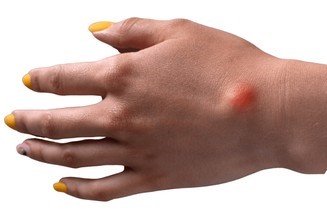
Symptoms:
If the cyst becomes infected, symptoms may include:
- Swelling
- Pain
- Redness
Treatment:
Surgical excision is usually required, especially if they are recurrent or infected. Surgeons remove the cyst, under local anaesthesia.
4. Enchondromas
Overview:

These tumors are typically painless and discovered incidentally. Sometimes, they cause bone weakening or deformity, leading to pain or fractures.
Symptoms:
- Pain
- Swelling
- Fracture in severe cases.
Treatment:
Enchondromas are often treated with conservative medication if they are asymptomatic. But in cases where they cause symptoms or have a risk of malignant transformation, surgical intervention might be considered. Regular monitoring is crucial to ensure they remain benign and not impact bone integrity.
5. Glomus Tumors
Overview:
Glomus tumors are rare, small benign growths usually less than 1 centimetre in diameter. They typically occur in the fingers, particularly under the fingernail. These tumors originate from the glomus body. It is a tiny structure regulating blood flow and temperature in the skin. Glomus tumors are known for causing significant pain. The pain can be sharp or aching and often worsens with temperature changes or pressure.
Symptoms:
- Severe pain
- Sensitivity to temperature changes
- Bluish discolouration under the nail
Treatment:
Surgeons often recommend surgical removal due to the pain associated with these tumors.
Other less common hand tumors
Some of the rare types of hand tumors include:
- lipomas (a lump made up of fatty tissue)
- vascular malformations (tumors of blood vessels)
- neuromas (tumors of the nerve tissue)
- fibromas (a tumor that affects the connective tissue)
If you notice any changes in your wrist or hand, please get in touch with an expert like Dr. Leena Jain for a proper assessment and treatment. She is among the preferred specialists for people seeking hand surgery in Mumbai.
Complications or Side Effects of Hand Tumor Surgery
Hand tumor surgery, while often necessary, can come with its own set of challenges. Patients considering this surgery should be aware of potential complications. Here’s what to look out for:
· Infection Risk:
Surgery can expose the hand to bacteria. It can cause infections.
· Nerve Damage:
Accidental nerve damage may occur during the procedure. It can affect hand sensation or movement.
· Reduced Mobility:
Post-surgery, some patients may experience limited range of motion or stiffness in their hands.
· Scarring:
Surgical incisions may result in visible scarring, though techniques used by skilled surgeons like Dr. Leena Jain can minimize this.
· Swelling and Pain:
Post-surgical swelling and pain are common but usually temporary.
· Blood Clot Risk:
Though rare, blood clots can form and pose serious health risks.
· Recurrence:
There is a possibility of the tumor returning, necessitating further treatment or surgery.
Each patient’s experience is unique. These complications can vary in intensity and occurrence. Consulting with a skilled plastic surgeon like Dr. Leena Jain can help mitigate these risks through expert care and personalized treatment plans.
Tips on Preventing or Managing Complications of Hand Tumor Surgery
1. Regular Check-Ups:
Schedule regular visits with your surgeon. Early detection can prevent complications.
2. Follow Post-Surgery Care:
Adhere strictly to your surgeon’s aftercare guidelines. Proper wound care and physiotherapy are crucial.
3. Maintain a Healthy Lifestyle:
A balanced diet and regular exercise can boost overall health. It can aid recovery and prevent complications.
4. Avoid Strain on Hands:
Limit activities that put excessive stress on your hands.
5. Mind Your Mental Health:
Managing stress and maintaining a positive outlook can significantly impact your recovery and well-being.
For further guidance and expert advice, it is always best to consult with healthcare professionals, particularly those specializing in hand surgery and tumor management.
Conclusion
The hand is an integral part of the human body, and tumorous growth in the hand can be pretty serious. Although hand tumors are not much known, they do occur and can cause discomfort that can affect the quality of your life. Any tumor found on the hand or wrist is known as a hand tumor. The most common type of hand tumor is called a ganglion cyst. It is also known as a ganglion or keystone tumor, which usually forms underneath the skin in the wrist area. The tumor is not dangerous, but it can sometimes be annoying and painful.
Hand tumors may appear for no apparent reason or may be triggered by other factors like soft tissue injuries and arthritis.
It can be alarming if you see a growth on your hand or fingers. Fortunately, most of them are benign and can be removed with little consequence. However, some types of tumors can become serious if left untreated. If you are seeking treatment in Mumbai for a persistent lump in your hand, please consult the proficient plastic surgeon, Dr. Leena Jain, for a safe and effective treatment.
Let’s know the answers to some common questions and concerns:
FAQs:
Can hand tumors be cancerous?
Yes, hand tumors can be cancerous, but most are benign. Getting any growth in your hand checked by a medical professional is crucial. Early diagnosis is vital to successful treatment, especially if the tumor is malignant.
How do I know if I have a hand tumor?
Common signs include a noticeable lump, swelling, or pain in your hand. You must see a doctor for a proper diagnosis if you observe any of these symptoms.
Should I be worried about a lump in my hand?
While a lump in your hand is often benign, it is essential to take it seriously. Schedule an appointment with a doctor for an evaluation. Not all lumps are harmful. Yet getting a professional opinion ensures peace of mind and safety.
Can hand tumors recur after treatment?
There is a possibility of recurrence, especially with certain types of tumors. Regular follow-ups post-treatment are essential to monitor your health.
How can I prevent hand tumors?
There is no guaranteed way to prevent hand tumors. However, maintaining overall health and promptly addressing hand injuries can be beneficial.
Reference Links:
https://www.mayoclinic.org/tests-procedures/surgery

